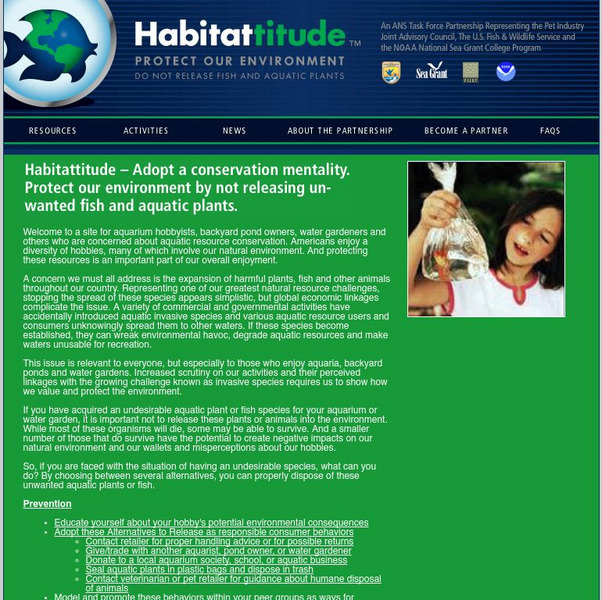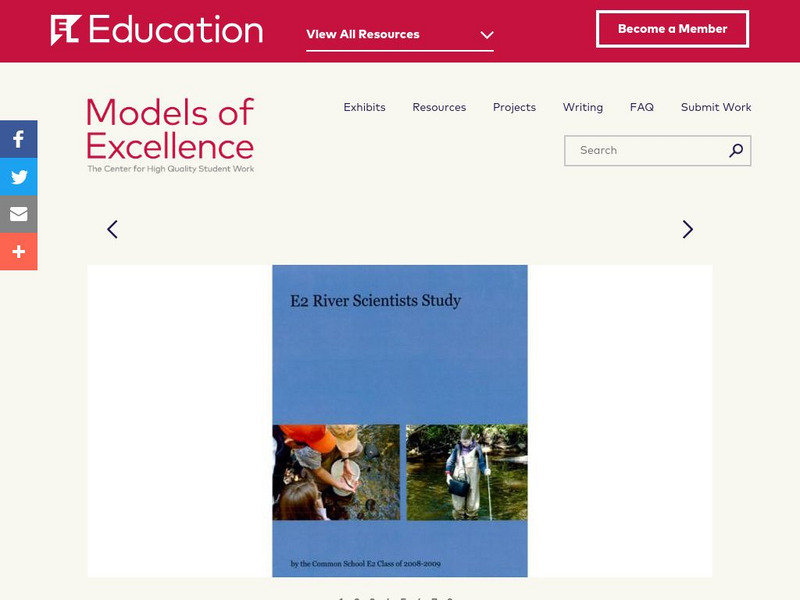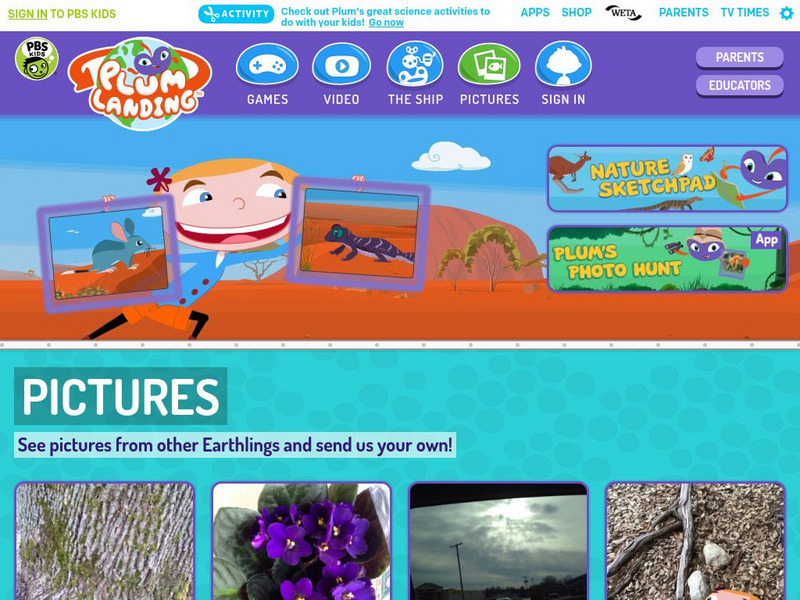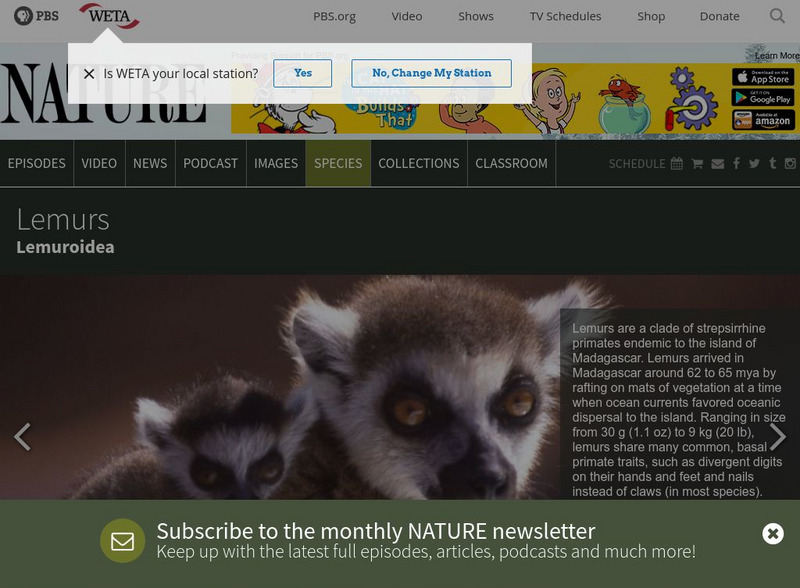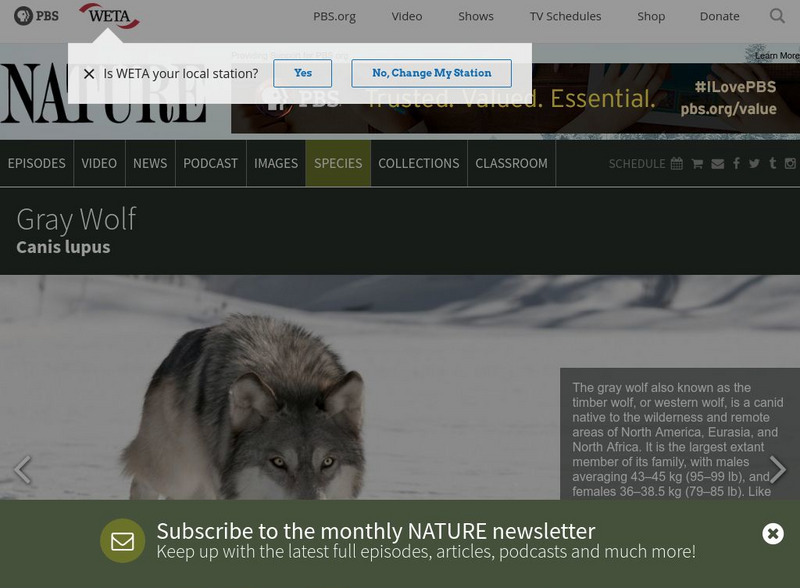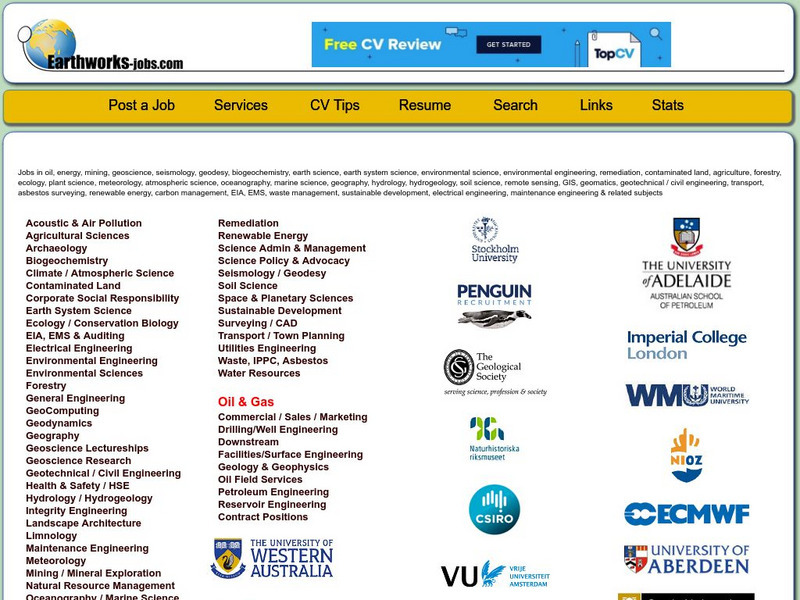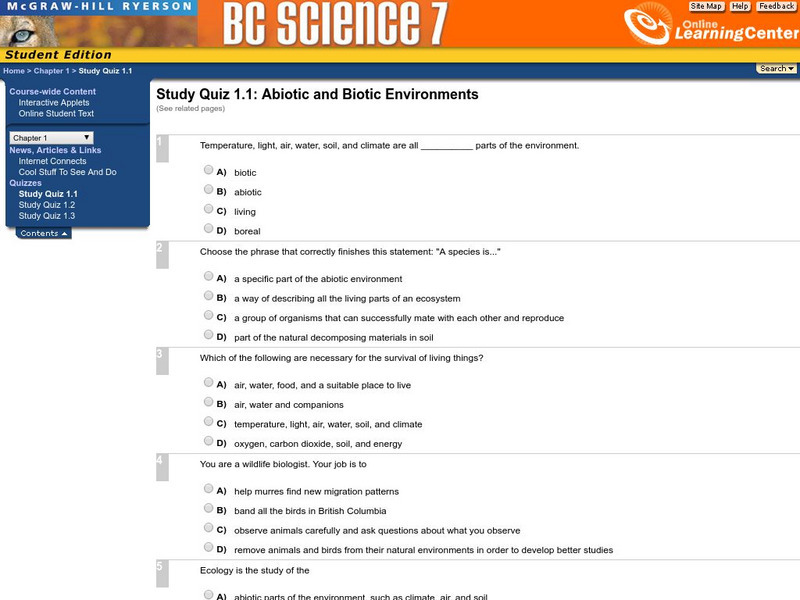Other
The Happy Scientist: What Is a Food Web?
A food web is a way of seeing how energy is transferred from organism to organism. All living things need energy. They use it to move, to grow, to reproduce. That energy has to come from someplace. Drawing a food web is a great way to...
US Environmental Protection Agency
Epa: Secret of Bog Creek
This site has a user guided story about a bog that has been a secret dumping ground for waste.
Science Education Resource Center at Carleton College
Serc: Investigating Insects in Nature
In this lab, learners will collect insects while making close observations of living things. They will then classify insects into seven common groups based on characteristics discussed in the classroom.
Wikimedia
Wikipedia: Urbanization
This site from the Wikipedia encyclopedia provides a great overview of the term urbanization. It is clearly written and has links to definitions that are unfamiliar to readers. A great starting place to learn about urbanization.
Other
Aquatic Nuisance Species Task Force: Habitattitude
Dedicated to aquatic resource conservation, this task force addresses the expansion of harmful plants, fish, and other animals and invasive species
Other
World Land Trust: Personal Carbon Balanced Calculators
You will find a series of calculators here for exploring what your carbon footprint on the Earth is, based on your use of air travel, your regular means of transportation, your household habits, and fixed carbon dioxide emissions for the...
US Geological Survey
Usgs: Water Science for Schools Pesticides Ground Water
This US Geological Survey site briefly discusses the basics of why pesticides are increasingly found in our ground water. Click Home to access the site in Spanish.
US Geological Survey
Usgs: Water Science School:water Quality
Learn about the importance of water quality and environmental influences that reduce it.
PBS
Pbs Learning Media: Comparing Education Around the World
Students learn about Ken and Joab, two boys who are starting first grade. Ken attends school in Japan, while Joab lives in Kenya. Students compare and contrast the circumstances surrounding the two boys' experiences at school.
EL Education
El Education: E2 River Scientist Study
This book was created by fifth and sixth grade students at in Amherst, Massachusetts. As part of study of the local watershed, students interviewed and worked with local scientists who were involved with studying and promoting the health...
Sea World Parks & Entertainment
Sea World: Animal Bytes: African Hedgehog
Brief, but concise resource contains helpful information on this little creature. Provides scientific classification of the African hedgehog, fast facts, fun facts as well as additional information on ecology and conservation.
US Environmental Protection Agency
Epa: A Kids Adventure Story
This cartoon describes what the EPA's Superfund is and how water can become polluted. A lab experiment with Q&A is included.
PBS
Pbs Kids: Plum Landing: Pictures
This PBS Kids activity is an extension of Plum Landing episodes. Students will view pictures from other "earthlings" and then draw their own picture of scenes in nature.
PBS
Pbs Kids: Plum Landing: Backyard With Brad
This PBS Kids activity is an extension of a Plum Landing episode that features outdoor investigations. Students will draw an online picture of what Brad, character in Plum Landing, will discover and observe in his backyard.
American Museum of Natural History
American Museum of Natural History: Invasive Species O Logy Card
Uncover facts about invasive species by turning over this interactive OLogy card.
Other
Naturdetektive (German)
This resource, built in partnership with the United Nations, aims to educate kids and adults about nature. Contains elaborate "themes" on everything from fruit trees to bio-farms. Also provides an archive of the project's previous years...
PBS
Pbs Nature: Lemur
What do you know about lemurs? This site provides an insight into how lemurs live, their habitats, their social environments and more.
PBS
Pbs Nature: Gray Wolf
Gray wolves were a frequent sight on the American plains, however, they are now an endangered species despite attempts to reintroduce them to their former habitats in the continental United States. Learn about their natural history in...
Other
Clean Sweep u.s.a.: Energy to Burn [Pdf]
This informative and interactive site examines how we can get power from garbage. Topics include: waste to energy plants, only ash remains, a bright idea, and more.
Concord Consortium
Concord Consortium: Evolution: Changes in the Environment
This activity places the control of the environment under the student's control. A field starts off with a uniform light level, and thus capable of growing plants with medium-sized leaves. Students can alter the environment by growing a...
Other
Earthworks: Jobs
Are you interested in an environmental career? Explore current environmental job opportunties in the Earthworks database.
PBS
Wnet: Thirteen: Eco Challenges
Research and report on two pressing environmental concerns in Africa: the scarcity of clean water and the desertification of farmland. Respond to these issues through activities involving art, drama and journalism.
BiologyWise
Biology Wise: Facts About Autotrophs and Heterotrophs
Explains what autotrophs and heterotrophs are, the several types of each, their roles in an ecosystem's food chains, and the differences between them.
McGraw Hill
Mc Graw Hill Ryerson: Abiotic and Biotic Environments
Take this ten question quiz on abiotic and biotic environments. The quiz is multiple choice.






